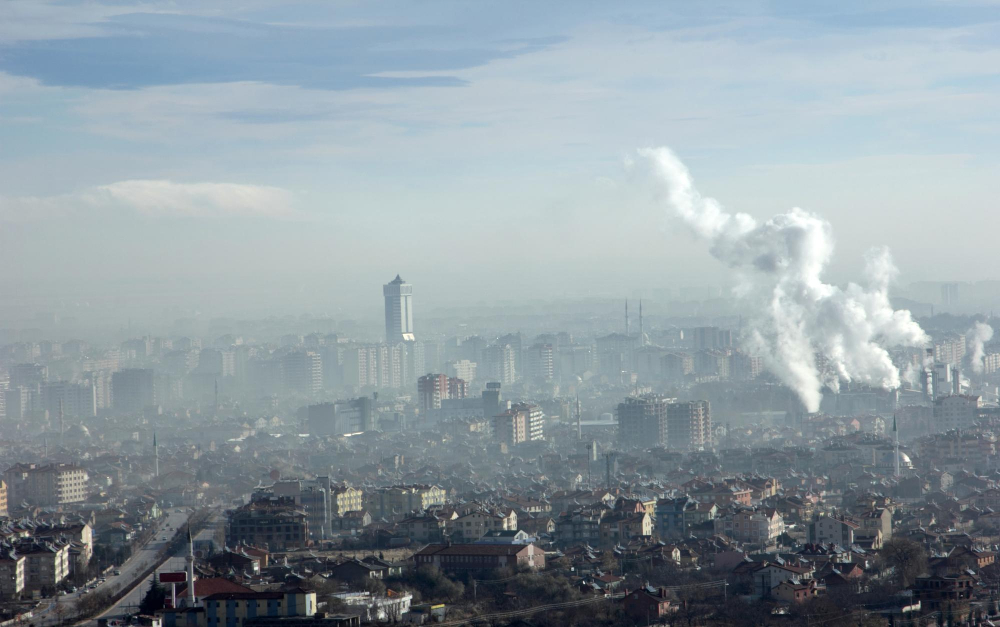
Indoor air pollution is a severe problem in Denver. Excessive or long-term exposure to it can be potentially deadly for the residents of the city. The World Health Organization reports that almost 4 million people die prematurely due to indoor pollution. The report further states that indoor air pollution can cause diseases like stroke, ischaemic heart disease, COPD, and lung cancer.

Harmful gases and particles released in the air from numerous sources can adversely affect indoor air quality. This pollution can have different effects on individuals.
Extended exposure to these pollutants can increase the risk of respiratory diseases. People might not understand this at first, but indoor air pollution can even become the reason behind heart disease and cancer. As a result, the Environmental Protection Agency considers indoor air pollution one of the top environmental health risks. So, what type of pollutants can you expect in your home? Read on to find out.
TOBACCO SMOKE
Cigarette smoke is perhaps one of the world's most common indoor air pollutants. It is also one of the leading causes of lung cancer and heart disease. Tobacco smoke is linked to developmental problems, low respiratory tract problems, and ear infections.
RADON
Radon is a radioactive chemical found in the ground below your home. It can also, sometimes, find its way inside wells. Due to its radioactive nature, the element is responsible for almost 20,000 lung cancer deaths annually.
MOLD AND MILDEW
Mold and mildew are known to grow in dark and damp places. These harmful organisms can also grow inside wet carpets, damp or wet sheetrock, and poorly maintained indoor humidity levels.
These microorganisms can aggravate allergies and asthma. In addition, they produce harmful mycotoxins, such as fungi – whose spores you can breathe in.
FORMALDEHYDE
These compound chemicals are found in different kinds of pressed wood products. Plywood, particleboard, wall paneling, and other furniture made from these compounds are common sources of formaldehyde.
Formaldehyde can also arise from combustible sources like burning textiles, glue, and cigarettes. The chemical can be responsible for various health issues, such as eye, nose, & throat irritation and allergic reactions. Extended exposure to formaldehyde can also lead to cancer.
HOW TO PREVENT THESE AIR POLLUTANTS
A sound ventilation system can prevent these dangerous pollutants from harming your family's health. However, opening your windows can invite other pollen and spores inside. The best action is to invest in a state-of-the-art AC unit to clean indoor air.
These advanced air conditioning units can help keep indoor air quality optimal. AC units with air filters are especially effective at cleaning the air. Moreover, getting these units checked and maintained regularly is the key to a healthy home environment.
Prevention is key to keeping air pollutants at bay and ensuring a healthy living environment. MileHi HVAC has years of experience providing top-notch AC services, so you can trust us to keep your home's air quality at its best. Don't let dangerous indoor pollutants harm your family's health; take action now and breathe easy!